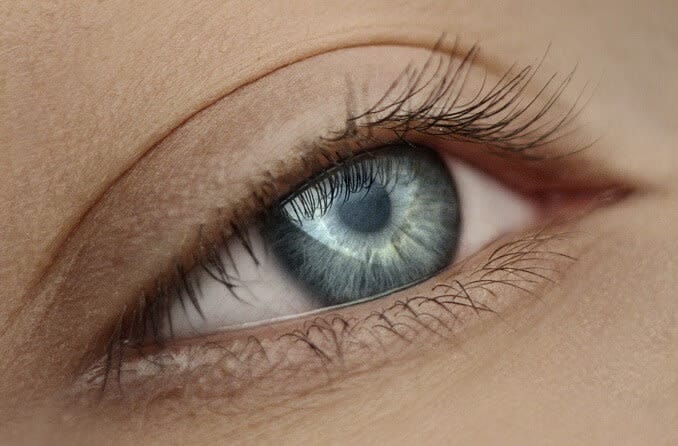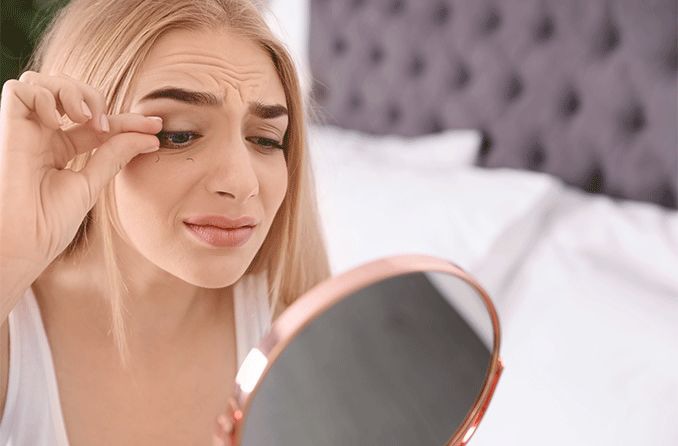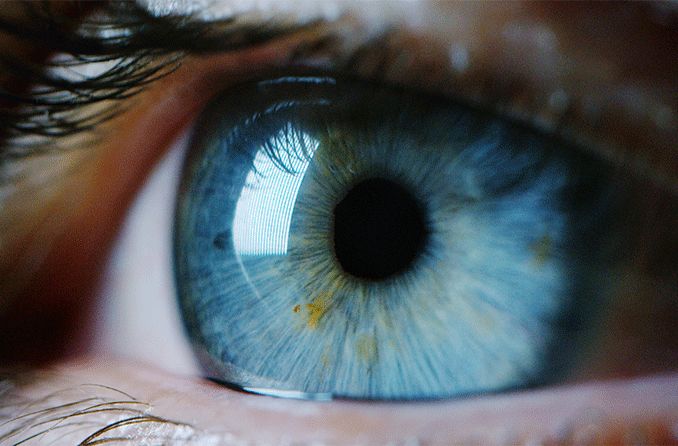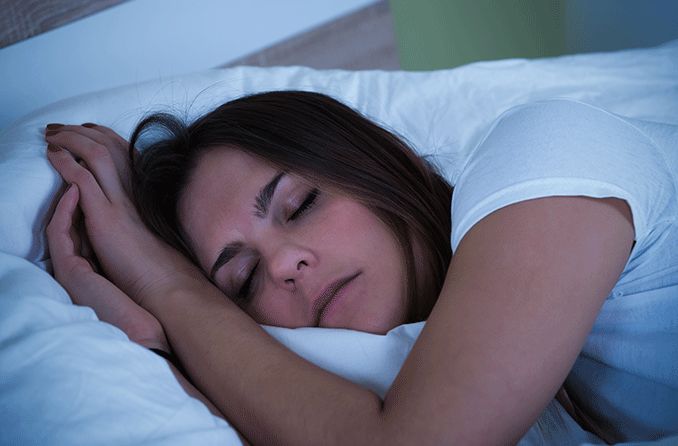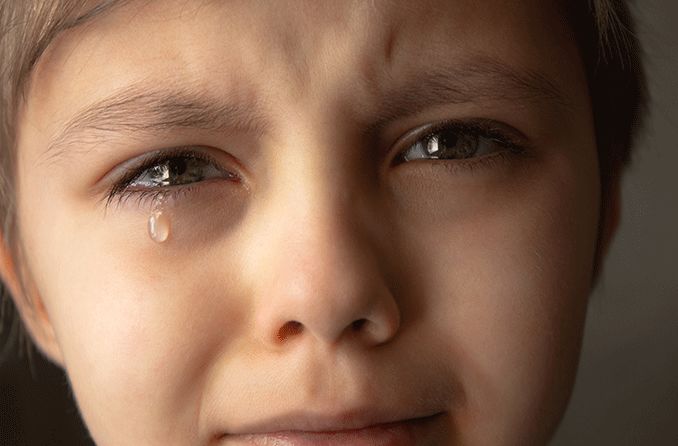How many times do you blink per day?
Blinking is almost like breathing: You do it all day, every day without paying attention to or counting your blinks. So how many times do you blink in a day? The average teen/adult blinks 15 times per minute. There are 1,440 minutes in a day, so you likely blink about 21,600 times per day.
The average number of times you blink in a day may vary individually but is about the same for men and women. Babies and children blink less often.
Assuming your blinking frequency is in line with the average for teens and adults, your number of blinks in a given timeframe should resemble the following:
How many times do you blink in a week? Around 151,200 times per week
How many times do you blink in a month? Around 657,439 times per month
How many times do you blink in a year? Around 7.8 million times per year.
How many times do you blink in a decade? You blink over 78.8 million times per decade.
How many times do you blink in a lifetime? You will blink over 621.5 million times during your life.
Why do you blink your eyes?
Blinking serves many important functions to keep your eyes healthy. You blink in order to keep your eyes clean and moist, and also to rest your eyes and mind.
In fact, these are the four primary functions of blinking:
Blinking keeps your eyes clean – When you blink, the motion of the eyelid and the distribution of tears help to clear away allergens such as pollen, dust and other debris. This lowers the risk of eye irritation and infections .
Blinking keeps your eyes moist – A blink replenishes the tear film, which is a layer of tears that covers the surface of your eye. The tear film is important for eye health and clear vision.
Blinking gives your eyes a rest – Blinking also allows your eyes to take a brief rest from the task at hand and to refocus after the blink. Normal blinking can help prevent eye fatigue.
Blinking gives your mind a break – Blinking also gives you short mental resting periods, which can help you regroup when you’re concentrating on a task.
As you can see, blinking your eyes is key to eye health. In fact, it’s a vital part of your day even if you rarely realize you’re doing it.
What happens if you don’t blink?
If you don’t blink often enough, it can cause problems such as dry eyes . Dry eye symptoms may include:
Discomfort when wearing contact lenses
Sore or tired eyes
Treatment for dry eyes may include over-the-counter or prescription eye drops , warm compresses or even home remedies for dry eyes such as blinking more often, using a humidifier and wearing sunglasses. There are also other treatments that can be performed at your eye doctor’s office.
Things that affect blinking frequency
There are a variety of factors that can affect how often you blink, from age to behaviors such as screen use. Here are a few things that affect blinking frequency.
Age and blinking frequency
Babies blink only two times per minute. The frequency of blinking increases throughout childhood and reaches about 15 times a minute for adolescents and stays the same throughout life.
Excessive blinking can be a sign of vision problems in children . These problems may include vision issues such as myopia , or eye issues like allergies, dry eyes, pink eye (conjunctivitis) or a scratch on the cornea . It may also mean there is something in their eye.
If your child is blinking frequently, take them to visit the eye doctor.
Screen use and blinking frequency
Staring at or working in front of a digital screen changes how often we blink. Studies show that you blink about one-third as frequently as normal when staring at a screen.
For example, if you normally blink 900 times in an hour, then you’d blink only about 300 times while working on your laptop or playing a game on your smartphone. You also tend to not fully close your eyes when you blink while in front of a screen.
Sleepiness and blinking frequency
Do you blink more when you’re tired? Research shows that people who are sleep deprived or who have abnormal sleep patterns blink 20 to 30 times a minute. So you may blink twice as often when you’re tired.
Eye or health conditions and blinking frequency
There are other eye and health conditions that can affect how much you blink. For example, conditions such as an eye infection or a scratch on the cornea may cause more frequent blinking.
A condition called blepharospasm can cause uncontrollable blinking or eyelid twitching . Doctors don’t know exactly what causes blepharospasm, but it can be treated with Botox injections or surgery. Eye twitching also can be caused by many more common conditions, such as dry eyes, stress or consuming too much caffeine.
Some health conditions may also be associated with more frequent blinking. For example, a type of epileptic seizure — petit mal seizures or “absence seizures” — may cause rapid blinking.
Should you blink more often?
Most people use screens — from laptops to smartphones to TVs — for at least part of each day. This likely means you’re not blinking quite as often as you should. Making an effort to stop what you’re doing and blink can help to keep your eyes healthy.
You can plan to take little breaks to keep your eyes moist while you’re in front of a screen. Every 20 minutes you find yourself staring at a screen — set a timer if you need to — take a break to blink.
During your screen break, slowly close and then open your eyes 10 times. Make sure you do “full blinks” by closing your eyes and pausing in order to fully distribute the tears over your eyes.
Making a point to blink more often can help to keep your eyes moist. This can help you avoid digital eye strain and eye irritation from dryness.
Your eye doctor can check your blinking frequency
Do you have dry, irritated eyes? Set up an appointment for an eye exam . Your eye doctor may perform tests that include checking your eyelids and observing how often you blink. This can help the doctor make a diagnosis and prescribe treatment for dry eye or other issues.

